David Norman, a first responder in New York during the 9/11 terrorist attacks, will speak about his experiences on the scene that day on Thursday, September 11, at 7 p.m. as part of the EAA Aviation Museum Speaker Series.
David is a retired detective second grade and 33-year New York Police Department veteran, having worked in narcotics and spending 21 years with the elite Emergency Service Unit (ESU), similar to a SWAT team. David is also a former captain and 30-year member of the Inwood Volunteer Fire Department. Before retiring, he was a lead instructor at the NYPD ESU’s Specialized Training School for 14 years, training members in areas like tactical operations, water rescue, and HAZMAT situations. David specialized in waterborne operations and civil disobedience training. He is also a recipient of the NYPD Medal of Valor.
On the morning of 9/11, David and his partner were assigned to the Adam call, the first responding car to any incident. When he received the call about an aircraft heading toward the north tower of the World Trade Center, he assumed it was a light aircraft, similar to a recent incident with a paraglider at the Statue of Liberty.
“It was such a clear day. I thought, ‘This is not a commercial airliner; it’s got to be one of those stunt idiots,’” he said.
As they approached, they realized the severity of the situation. “I looked at my partner and said, ‘Oh my God… that’s something big.’”
Upon arrival, their first action was to prevent people from getting close to the damaged building. They used chairs from a planned event to build a barricade due to falling debris.
“That’s when the second plane hit the second building right above our heads,” David said. “Pieces of the plane came rolling down onto the street in front of us in the courtyard where we were standing. I thought at first there was a secondary explosion of the first building, of the first incident, [but] once we found out there was a second plane, I think the writing was on the wall for all of us that this was a terrorist attack and it was not an accident.”
While evacuating the area, David received a call about a firefighter down on the 21st floor. He and his team rushed in but found no one there and were redirected to the 31st floor. They guided evacuees down the stairs, ensuring everyone moved quickly and safely.
On the 31st floor, they set up a medical triage for firefighters with heat exhaustion. Suddenly, the south tower collapsed, prompting an immediate evacuation of the north tower. They navigated through debris and falling objects, eventually reaching the heavily damaged ground floor.
“I had said to the team, ‘Let me just run around the corner of this building on the first floor and see what we got south to look for the best exit.’ And when I ran around the corner of the building, I had no idea of the magnitude of what had happened to the south tower,” David explained. “I thought there was pieces off of it, not that it completely collapsed to the ground.
And when I ran around the side of the building… (there) was maybe say one piece of it, standing up about three stories, four stories. I realized the magnitude, and I ran back and I think everybody saw it in my face that this is bad. And I said, ‘We got to go. We got to go right now.’”
As the north tower began to collapse, David and his team ran for their lives, getting separated. David took cover under a firetruck, and he survived due to a lean-to collapse. When the chaos ceased, there was an eerie silence. The team emerged from the debris, regrouped, and assessed their losses.
David’s wife, who was six months pregnant, was working in Manhattan and had to evacuate her building. She sought refuge at a friend’s apartment but didn’t hear from David until around 3:30 p.m., not knowing if he was alive. David had been taken to the hospital for minor injuries and later returned to the site, managing to call his father to inform his wife he was safe.
Then began the lengthy process of salvage and recovery, which lasted for months.
After 9/11 there were more military tactics applied to police training. The NYPD units trained with former Navy SEALs, showing them how to board ships tactically with low and high free boardings. They also had Navy EOD divers show them how to search vessels for limpet mines. They were exposed to a lot of things that weren’t normally accessible to a law enforcement team as it was a concern after 9/11 that almost anything was possible — so they had to be prepared for things like water rescue, scuba work, boarding potentially hostile vessels, etc.
Looking back on his career, David feels immense pride in his service and the impact he made. His dedication to training and preparedness has left a lasting legacy, ensuring that future generations of first responders are ready for any crisis.
Thursday’s presentation is free for EAA members and youths, and just $5 for nonmembers.
If you’re unable to attend, all Speaker Series presentations are recorded and will be available to members to watch here at a later date.

